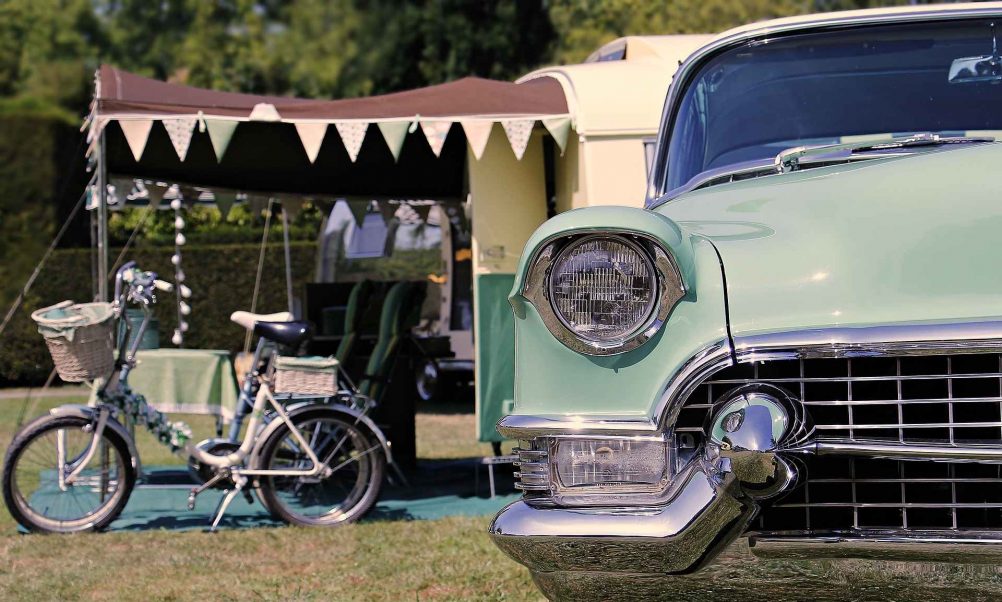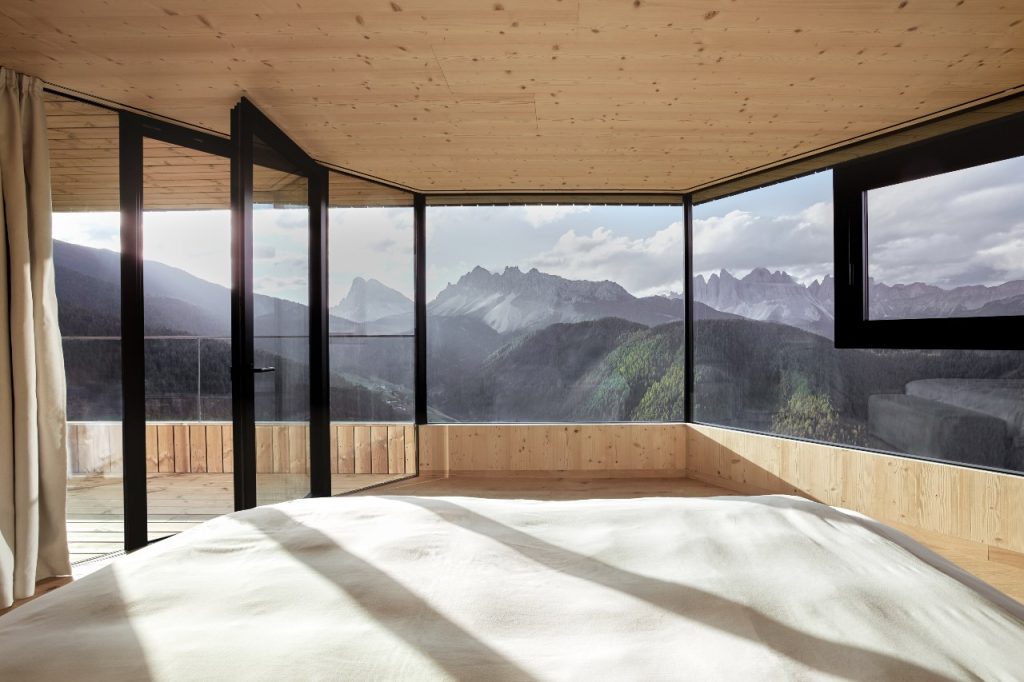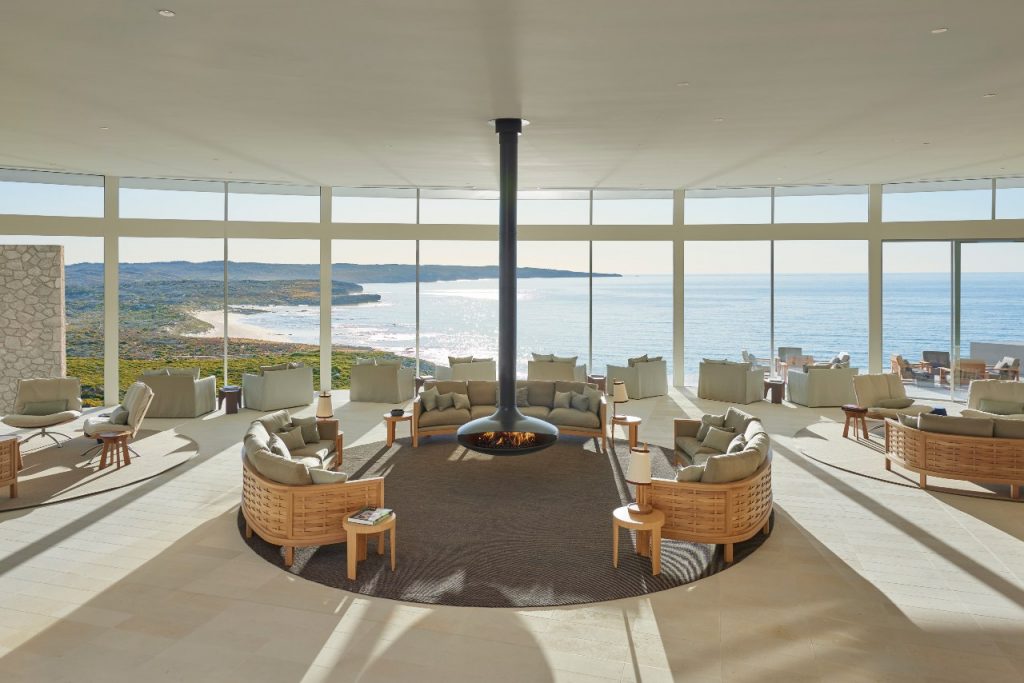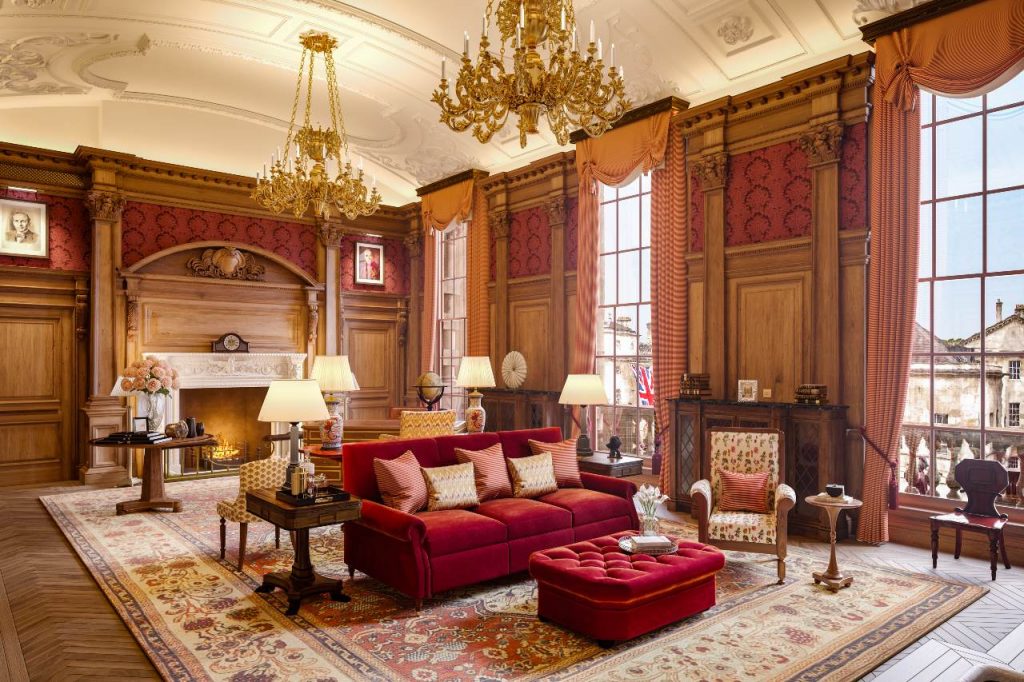Nostalgia travel: the joy of going back to the future
Why it’s better the second (or third, or fourth) time around.
Words by Ute Junker
This story originally appeared in Reef magazine.
I’ve lost count of the number of times I’ve been to Rome. I love everything about the city, from its terracotta-coloured townhouses to its sunny piazzas, its ancient churches filled with masterpieces to its mouth-watering gelaterias.
Most of all, I love Rome’s history, as layered as a millefeuille. This is a place where you can tread the same paving stones that Julius Caesar walked on, breathe in the incense during a medieval mass or bathe in the beauty of baroque architecture. And if, like me, you keep coming back to Rome, you are going to cross paths with your own history too.
When I stroll through Rome these days, I recognise all sorts of landmarks you won’t find on a map. The three-star hotel near the Pantheon I stayed at on my first trip, the trattoria where I first tried limoncello, the church where I first looked upon a Caravaggio canvas. Younger versions of me stroll the streets, unseen by other passersby: the wide-eyed first-timer, the business traveller, the holidayer exploring the city with friends. To be honest, the chance to encounter those earlier me’s is part of why I keep returning to Rome.
We tend to think of travel as a boundary-pushing experience. Travel pages are filled with firsts: accounts of exploring a new destination, trying a new activity, trips that push you out of your comfort zone. We like to think of ourselves as intrepid voyagers rather than creatures of habit, returning to favourite haunts from our past. Yet in a world that feels increasingly fraught and frustrating, is it any wonder that more of us are looking for a different sort of travel, one that transports us back to happier times?
Nostalgia travel is less about what you see, more about how you feel. Revisit a city you already know and love and you never have to join the queues outside the major attractions (although you may make an exception for your favourite museum). Instead you tend to follow a more personal route: to the café where you ate the most delicious cannoli ever, the flea market where you found your favourite vintage handbag, the bookshop where you randomly bumped into an old friend who lives on the other side of the globe but just happened to be in town for the weekend.
Number of items ticked off bucket list? Zero. Number of happy smiles? Countless.
Some cultures have long embraced the power of the familiar. For our First Nations people, there was no such thing as discovering a landscape. The topography of their terrain mapped how their ancestors roamed the earth, reshaping the landscapes across which they travelled.
Who needs travel guides when your songlines tell how the very chasms through which you walk or the features which you pass were shaped by your forebears? At Mutitjulu waterhole on the southern flank of Uluru, for instance, where Kuniya the python woman fought a Liru warrior, the Anangnu people still see signs of that battle, including two deep cracks on the western wall. In fact, Kuniya herself is captured in a sinuous black line on the eastern wall.
In fact, Uluru’s sacred status derives in part from the marks left on the rock by other ancestors and spirits, including the massive paw prints of Kurpany the devil dog, heading south and east.
Right across the country the tales that indigenous people tell about their sacred places carry the force of memory, strengthened by being told and retold over countless generations. In the eastern Kimberley the striped sandstone domes of Purnululu (the Bungle Bungles) are said to have been created when two flying foxes fought a fierce battle both in the skies and beneath the ground, pushing the rocks up as they attacked each other. The nearby Echidna Chasm was created by another powerful animal, an ancient echidna that was fleeing a cockatoo. The echidna pushed against a crack in a cliff face, which split open to create a narrow gorge in which it could hide.
Indigenous parents and grandparents tell these stories in the early morning, when the sun peeps over the horizon, and in the evening as dusk drapes itself across the earth. For many of us, evenings are the time when we turn to our modern storytellers, tuning in to streaming services for tales that transport us to special places from our past, or even places we have never been but that nonetheless feel familiar.
For nostalgia isn’t limited to places from our own travels. There are places we have been transported to – by books, by movies, by TV shows – that have lodged themselves so vividly in our minds that they have the strength of memory. The sun-baked wild beauty of Corfu so vividly conjured up by Gerald Durrell in My Family and Other Animals feels almost stronger to me than memories of my own week-long holiday there.
The impressions from my first trip to India are overlaid with the dazzling, boldly-rendered depictions in Vikram Chandra’s Red Earth and Pouring Rain, a book which I devoured upon my return home. And how many armchair travellers have fallen into reveries on the delights of Italy, India and Bali as conjured up by Elizabeth Gilbert’s Eat, Pray, Love or the highs and lows of the Pacific Crest Trail as depicted in Cheryl Strayed’s Wild?
Then there are the destinations and experiences that transcend the individual. They are cultural touchstones, places that seem programmed into our psyche, so deeply planted that they defy our conscious control. I am both a republican and a believer in democracy but I’m as much a sucker for a grand royal residence as the next person.
Ornate Ottoman palaces, Alpine royal retreats, marble-clad maharajah’s residences and moated castles in Ireland – I’ve done them all. I know that the beauty of these magnificent buildings serves as a polished veneer for regimes that were often oppressive and exploitative. I know that the money funnelled into their construction could have been better used to alleviate the suffering of the poor.
But you know what? I read fairytales as a young child and, like all of us, I carry my younger selves inside me. I may have no time for royalty, but I still remember what it feels like to go to bed and desperately yearn to wake up as a princess. In a palace hotel, I can do just that.
A handful of places have become destinations that we dream about collectively. Top of the list, of course, is Paris, a city steeped in nostalgia. Measured by any standard, Paris has plenty to draw visitors – from 140 museums to 4000 historic monuments – but the lure of Paris lies not in its monuments but in its romance.
Strolling the banks of the Seine, savouring croissants in a sidewalk café, getting lost in the cobblestoned alleyways of the Marais, enjoying a champagne toast in a neighbourhood bistro – Paris is a city that knows how to elevate small pleasures into major moments. It is the specificity of those moments that gives them their power – that, and the endless repetition of these motifs decade after decade.
We see them over and over again on our screens, whether it is a lovelorn Audrey Tatou wandering the streets of Montmartre in Amelie, Julie Delpy and Ethan Hawke in the Marais in Before Sunset, or even Leslie Caron and Maurice Chevalier in An American at Paris, glorifying the Place de la Concorde and the Bel Ami Café (or rather, their stand-ins: the entire film was shot at MGM’s Lot 44 in Hollywood.)
Most recently we have seen them showcased in one of Netflix’s biggest hits. Ask around and you will find that many people who have binge-watched every series of Emily in Paris find the American heroine somewhat grating but are willing to put up with her in order to enjoy the beautiful backdrop and the clever way the showrunners riff on our time-tested nostalgia for Paris, improvising new melodies in a feedback loop that never ends.
For that is the thing about nostalgia – the simpler the joy, the more powerful it is. Nostalgia is, after all, about connection – connection to our past, connection to the people with whom we shared that past, connection to the emotions that drive us, happiness and love and comfort.



